10 Essential Pre-Code Horror Movies
“Pre-code” horror movies are part of a period of time that created some of the most riveting (and scandalous) films in the genre. Check out some of the most essential flicks of the era on this list.
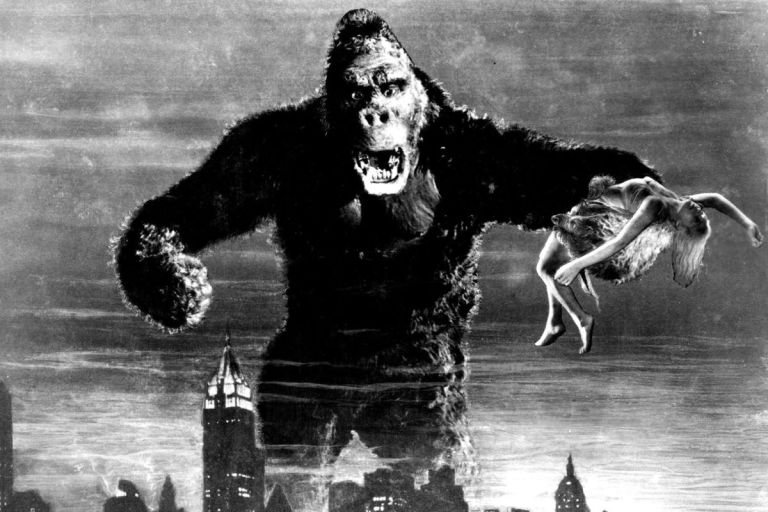
The Motion Picture Production Code was better known as the Hays Code and named after the president of the Motion Picture Producers and Distributors of America (MPPDA) from 1922 to 1945. This code was a set of rules for self-censorship of content applied to films from major American studios. It prohibited overt sexual content, profanity, obscene language, nudity, realistic or graphic violence, sexual persuasions, rape, suggestive dances, criticism or “ridicule” of religion, and basically any theme that could be considered lewd or offensive to the public.

The Hays Code was adopted in 1930 but wasn’t fully enforced until 1934. Before then it was expected to be self-regulating for studios to follow—and then the Roman Catholic Church got involved (because of course). Headed by archbishop John T. McNicholas from Cincinnati, The Catholic Legion of Decency was established to control and implement “decency” guidelines and standards, as well as to boycott any films they deemed as immoral and obscene. Movies were graded on a rating system from “harmless” to “condemned”. This was huge because condemnation from the Catholic Church and their Protestant allies threatened a film’s success, given the large population of both groups at the time. Members of the Church were guided and unofficially bound by the Legion’s classifications. Studios then had no choice but to abide by the code or risk economic impact. And so they did, until 1968 when the Hays Code was replaced with the MPAA film rating system.

The term “Pre-Code” is in actuality a misnomer. “Pre-Code” movies cover a brief period roughly between 1931 and 1934 where studios still weren’t implementing the code and were acting creatively free. During this time filmmakers were still getting away with aspects that would make even some members of modern society clutch their pearls today. This era offered some of the most phenomenal horror and sci-fi films in American history. “Pre-code” horror movies are among the most unsettling, provocative, riveting, and thought-provoking in the genre—and also some of the most racy, sexy, wild, gruesome, and violent. Many of these horror flicks were adaptations from novels and were highly influenced by German Expressionist films.
Discover some of the greatest “Pre-Code” horror films in the below curated list (and check out what had Catholic hairs standing on end).
Dr. Jekyll and Mr. Hyde (1931)

Based on the 1886 gothic literary classic by Robert Louis Stevenson, Dr. Jekyll and Mr. Hyde doesn’t hesitate in its brutality. The story is complex, profound, and ahead of its time. It accurately portrays heavy themes such as toxic masculinity, emotional abuse, and gender-based violence—never letting up on its frankness or in making commentary on such issues. The film centers around Dr. Jekyll (Fredric March), a man who believes that every man has a distinct good side and an evil one and that only by separating the two can one become liberated. When he succeeds in creating a potion to accomplish this, he transforms into the cruel, animalistic Hyde. His dark side commits heinous offenses, especially when it comes to two women in his life.
Svengali (1931)
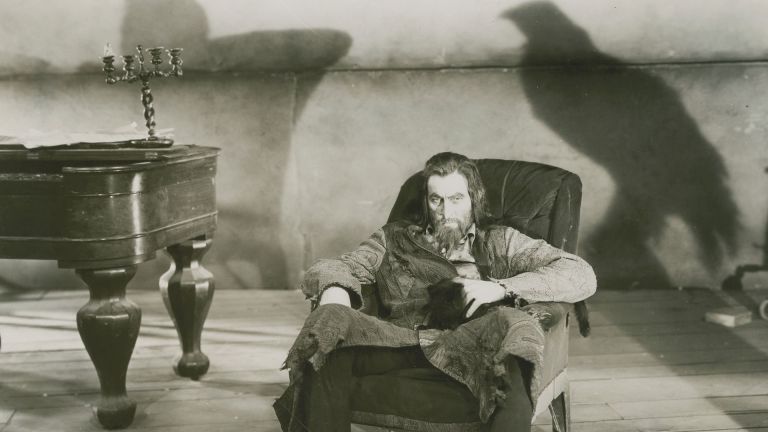
Despite Svengali’s greatness, it has fallen into obscurity compared to other films on this list and to other pop culture horror icons of its decade. It’s based on Trilby, the 1934 gothic novel by George du Maurier. The movie centers around the villainous and sinister Svengali (John Barrymore), a music maestro who becomes infatuated with the beautiful Trilby (Marian Marsh) and resorts to utilizing hypnotism and telepathic mind control on her. His aim is complete domination and possession of the young model—to own her completely in mind, body, and soul. This is a story that sadly remains relevant today in a post MeToo world. Old school horror fans will find themselves engrossed while watching this one.
Dracula (1931)

This is the film that made Bela Lugosi famous all over the world, and his version of Dracula is still what comes to the mind of most when they hear the vampiric name. The movie is based on a 1924 play adaptation of the classic 1897 novel by Bram Stoker. It follows the Transylvanian count and vampire as he decides to move to London in search of new blood to prey on. Upon arriving, he becomes obsessed with Mina (Helen Chandler), a beautiful woman engaged to Jonathan Harker (David Manners). Soon, Mina begins displaying bizarre and unsettling behavior and Professor Van Helsing is called in to assist in the deterioration of her health. The rest of the story involves efforts in preventing Mina from becoming a vampire herself.
Frankenstein (1931)

Frankenstein was directed by James Whale, responsible for some of the greatest horror films that Universal Pictures would ever produce. This movie was loosely adapted from Mary Shelley’s classic novel. The film follows Dr. Henry Frankenstein (Colin Clive) and his obsession with creating life from the assembly of stolen body parts. Cue in the misunderstood Monster played by Boris Karloff, whose memorable performance demands sympathy for a creature who is not at all evil, but infantile and misunderstood—one who doesn’t turn to violence without confusion or motivation. With its grasp on elemental horror and visually striking sets inspired by German Expressionist films of the 1920s, the movie cemented itself as a classic. It was a box office success and made it to the New York Times list of 10 best films of 1931. In 1998, the American Film Institute ranked it as 87th on its list of 100 greatest American movies of all time.
The Old Dark House (1932)

In another masterpiece by director James Whale, a dark and stormy night in the Welsh mountains forces a group of travelers to take shelter inside an isolated and eerie mansion. There they’re admitted by the strange and dysfunctional Femm family. As the night progresses, they’re faced with dark and dangerous oddities. The film is atmospheric and gothic in nature, but also functions as a twisted sitcom of sorts. Its cast offers phenomenal performances and brings to life fleshed-out and well-developed characters. The Old Dark House subverts gender and sexuality and is extremely queer-coded in nature. The movie has long been hailed as one of the most iconic LGBTQ+ horror movies of all time.
The Mummy (1932)

The Mummy is directed by Karl Freund and sees Boris Karloff star in another essential pre-code horror flick. Imhotep (Karloff), an ancient Egyptian priest who was killed for the attempt of resurrecting his deceased lover, comes back to life after an archaeological expedition finds his mummy. He disguises himself as a man named Ardeth Bey and searches for his great love in Cairo, with the belief that she has been reincarnated in the modern world. Karloff hypnotically evokes a compelling villain who truly stands the test of time. The film is abundant in atmosphere and frighteningly creepy.
The Most Dangerous Game (1932)
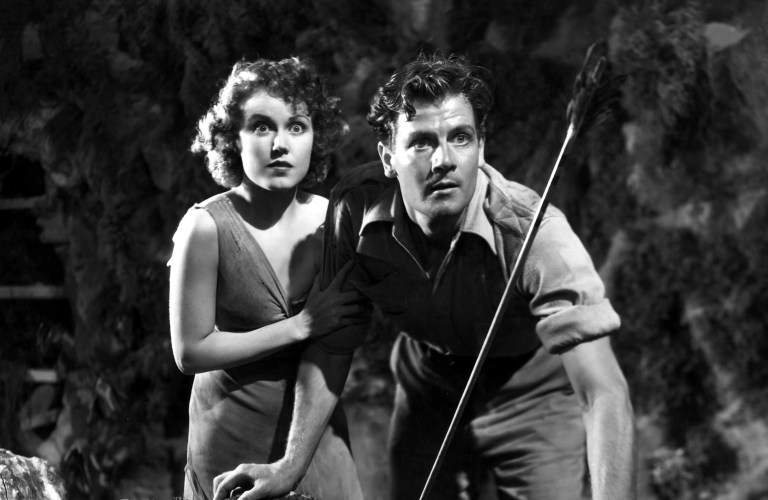
The Most Dangerous Game is based on the short story by Richard Connell of the same name where the humans become the hunted. Bob Rainsford (Joel McCrea), a legendary hunter, is shipwrecked off the northeastern coast of South America and manages to swim ashore to a big mansion occupied by Zaroff, an old Russian general with sadistic intentions. Along with other shipwrecked passengers, including siblings Eve (Fay Wray) and Martin Towbridge (Robert Armstrong), he’s forced to participate in a sinister game of cat and mouse in which they become prey. The film is certified fresh with a whopping critic score of 100% on Rotten Tomatoes and has become a part of the Criterion Collection.
Island of Lost Souls (1932)
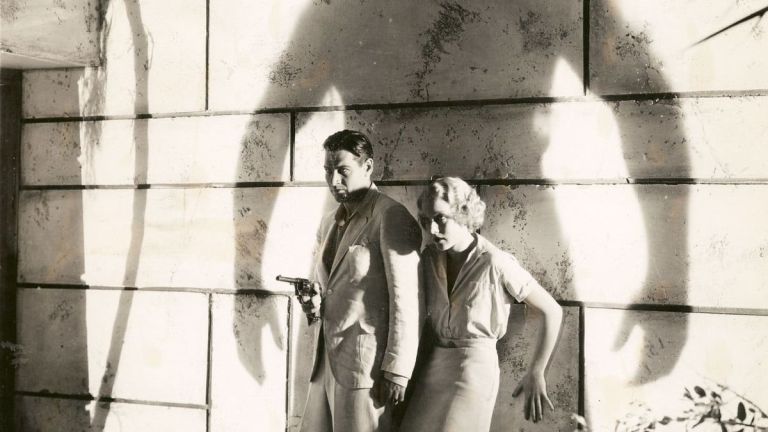
This unsettling sci-fi horror is based on H.G. Wells’ The Island of Doctor Moreau (1896). The sole survivor of a shipwreck, sailor Edward Parker (Richard Arlen), awakens to find himself aboard the cargo ship Covena, which is headed to deliver a shipment of animals to an uncharted island off the South Seas. After landing, the Covena soon sails away without him, leaving him stranded on the island of the reclusive surgeon Dr. Moreau (Charles Laughton). Among the seemingly native people he encounters the beautiful Lota (Kathleen Burke) and soon develops an interest and fondness for her. Dr. Moreau has a special interest in their blossoming bond—he hopes they’ll procreate. What Edward doesn’t know is that Lota is part panther and that everybody on the island is a surgically evolved animal and a result of Moreau’s genetic experiments. Laughton’s performance as the perverse and sadistic scientist transfixes the viewer to the screen. His portrayal and delivery of lines such as “Do you know what it means to feel like God?” will leave chills running down your spine. The film has become a part of the Criterion Collection.
The Invisible Man (1933)
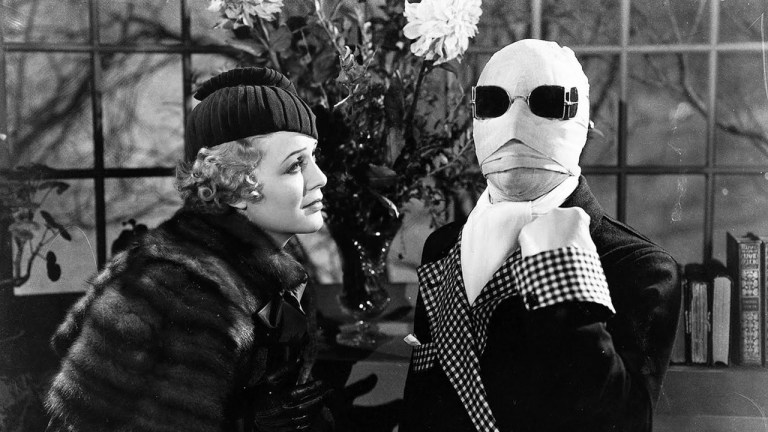
All hail James Whale who also directed this atmospheric and eerie masterpiece based on H.G. Wells’ 1897 novel of the same name. Dr. Jack Griffin (Claud Rains) conducts an experiment on himself and makes the breakthrough discovery of how to become invisible. In hopes of reversing his condition, he takes up residence at the Lion’s Head Inn in Sussex. Soon he changes into something entirely different: a murderous villain hellbent on terror and destruction. He relishes in his new violent nature and goes on a crime spree killing scores of people. Rains gives a compelling and manipulative performance as the titular character.
King Kong (1933)

1933’s King Kong has the honor of starring the original scream queen Fay Wray as the starlet Ann Darrow, part of a film crew who travels to Skull Island, an uncharted territory. Upon arriving they find the land inhabited and its native people in the middle of a ritual in which they’re about to sacrifice a young woman referred to as “the bride of Kong.” They stop their ceremony and unsuccessfully attempt to trade six of their people for the blonde actress. Later that night Ann is kidnapped and offered to the giant beast Kong. After her rescue, what’s left of the film crew brings Kong back to NYC and presents him as “the eighth wonder of the world” at a Broadway theater. Soon the gorilla-like creature unleashes terror and mayhem on the city. King Kong is a thought-provoking exploration of the true dark nature of humanity. It holds a critic score of 97% on Rotten Tomatoes where it’s also listed as the ninth best horror film of all time.
Further reading:
